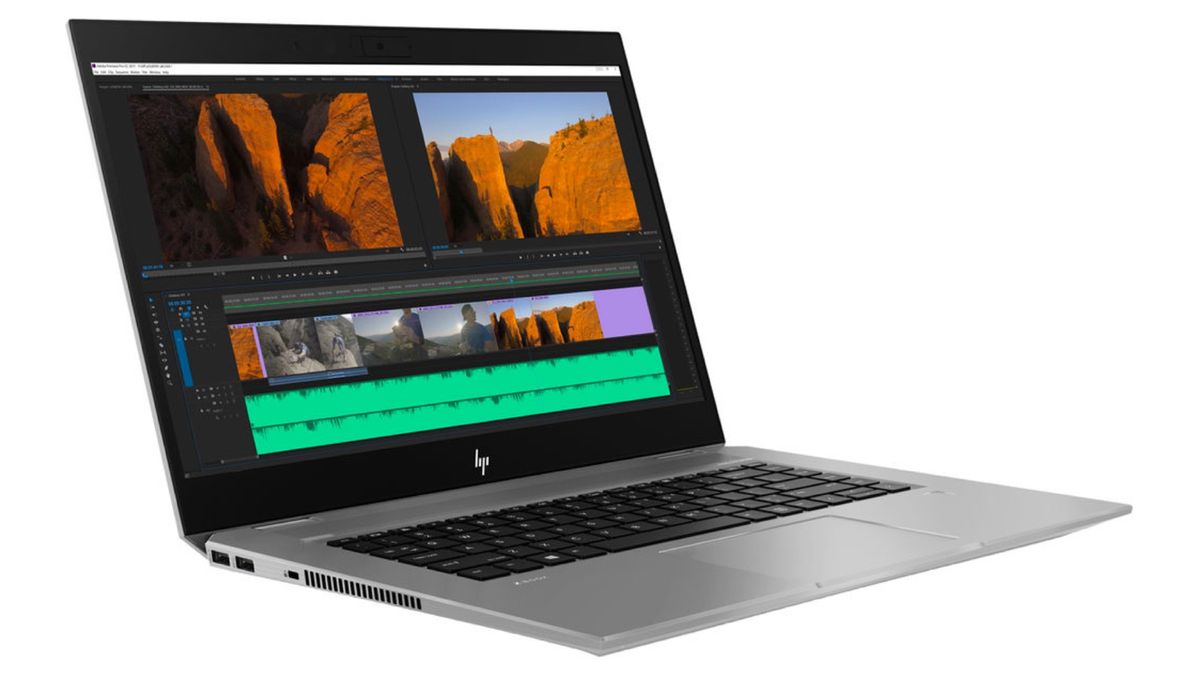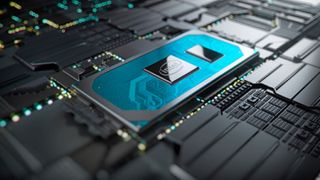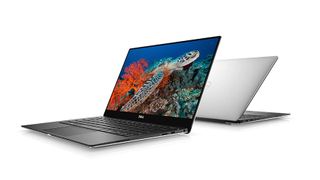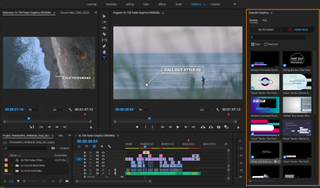What you should look for when buying a laptop for pro video editing
The specs you need to consider when buying a laptop for professional video editing.

If you’re a videographer, you’ll know how important it is to get it right when it comes to a new PC. But what are the latest things to be aware of? In this feature, we’ll tell you exactly what you should be looking for (as well as what you shouldn’t). Be sure to download Premiere Pro, our top video editing software. And if you're looking for suitable audio too? Check out our breakdown of the best headphones for video editing. But for now. here's our tops tips on what to look for when picking a laptop for pro video editing.

Processor
If you’re going to be editing 4K footage – we would now usually opt for an 6 or 8-core Intel or AMD processor or above. However, this isn’t as important as memory and graphics – see below. We’d recommend an 8th generation quad-core Core i5 as an minimum. You don’t need a workstation level machine – running Intel Xeon processors or similar – to edit 4K video. In fact, you need a lot less than that. But to get the best out of your laptop for video, you’ll want a Core i7 or equivalent. Newer Core i9 processors are desirable for out-and-out performance, but you don’t necessarily need to move up from a Core i7.
Memory
To make things easy, 16GB of DDR4 memory is now our recommended base level of memory for pro video editing. It’s possible to get by on less, but it’s not desirable. 32 or 64GB of memory on a laptop is the reserve of the rich, but more will always help you in the long run. Memory speeds aren’t as important as some make out, but 2,666MHz is a good speed to aim for if you’ve a choice. Often you get what you’re given. If you’re buying a new performance laptop, we doubt you’ll be lacking in terms of RAM speed.

Graphics
Although you can get by on Intel’s integrated Iris Pro or Iris Plus graphics for, say, Full HD video editing, for anything involving 4K you should have a discrete graphics chip inside your laptop from Nvidia or AMD. Intel’s graphics are getting better all the time, but there’s no current substitute for Nvidia RTX or AMD’s Radeon Pro at the high end. You can’t skimp on graphics power, notably because many video editing suites use GPU acceleration – you’re going to be doing graphically-intensive work, so stands to reason. Check the hardware requirements of the software you’re going to be using as well in case there are any specific graphics requirements.

Display
Many laptop screens are not yet 4K (4096 x 2160 pixels) although we are seeing more 4K displays hit the streets. In reality, having a sub-4K display is a compromise many are willing to make in favour of portability. Plus it’s also true that most high-end notebooks can drive multiple 4K external displays with DisplayPort across USB-C so you can always plug in to a more capable display when you get to the office.
Display size is less important because there isn’t exactly a massive choice when it comes to laptop screen sizes and it really depends on the portability of the laptop you want; if your only consideration is making the most of your projects, then get the biggest display you can.
Storage and connectivity
The quantity of storage is important, but it depends on where you are going to work. If you’re mostly going to be editing projects at a desk with a laptop and monitor, then you may be happy with an external SSD to store your work on, so you don’t necessarily need to have bucketloads of storage on the laptop itself.
Get the Creative Bloq Newsletter
Daily design news, reviews, how-tos and more, as picked by the editors.
Even if you’re not going to store projects on the laptop’s main drive, we recommend an absolute minimum of 256GB for an SSD. In our experience, 128GB drives tend to get maxxed out pretty quickly with apps and files. Obviously if you want to also store projects on the drive, you will need several terabytes. Look also for the type of drive. We recommend NVMe PCIe SSDs.
Connected to this is that we always recommend you choose a laptop with Thunderbolt 3 connectivity. Thunderbolt 3 is being included in the forthcoming USB 4.0 standard, but currently it isn’t a standard part of the USB 3.x spec. Therefore, you’ll need to make sure your new laptop actually supports it. Most new laptops will now use the newer USB-C connector and we always recommend you look for it as it’s the easiest way to power your new notebook as well as transfer data and drive external displays.

Warranty
It always sounds boring, but an expensive laptop needs a warranty that’s firstly going to cover you if something goes wrong and secondly will repair or replace your laptop in double-quick time. The last thing you need is to be left in the lurch when you need to finish an important project.
Read more:

Thank you for reading 5 articles this month* Join now for unlimited access
Enjoy your first month for just £1 / $1 / €1
*Read 5 free articles per month without a subscription

Join now for unlimited access
Try first month for just £1 / $1 / €1
The Creative Bloq team is made up of a group of design fans, and has changed and evolved since Creative Bloq began back in 2012. The current website team consists of eight full-time members of staff: Editor Georgia Coggan, Deputy Editor Rosie Hilder, Ecommerce Editor Beren Neale, Senior News Editor Daniel Piper, Editor, Digital Art and 3D Ian Dean, Tech Reviews Editor Erlingur Einarsson, Ecommerce Writer Beth Nicholls and Staff Writer Natalie Fear, as well as a roster of freelancers from around the world. The ImagineFX magazine team also pitch in, ensuring that content from leading digital art publication ImagineFX is represented on Creative Bloq.
